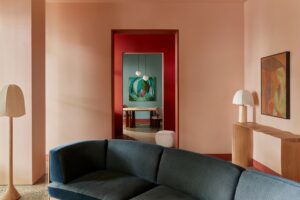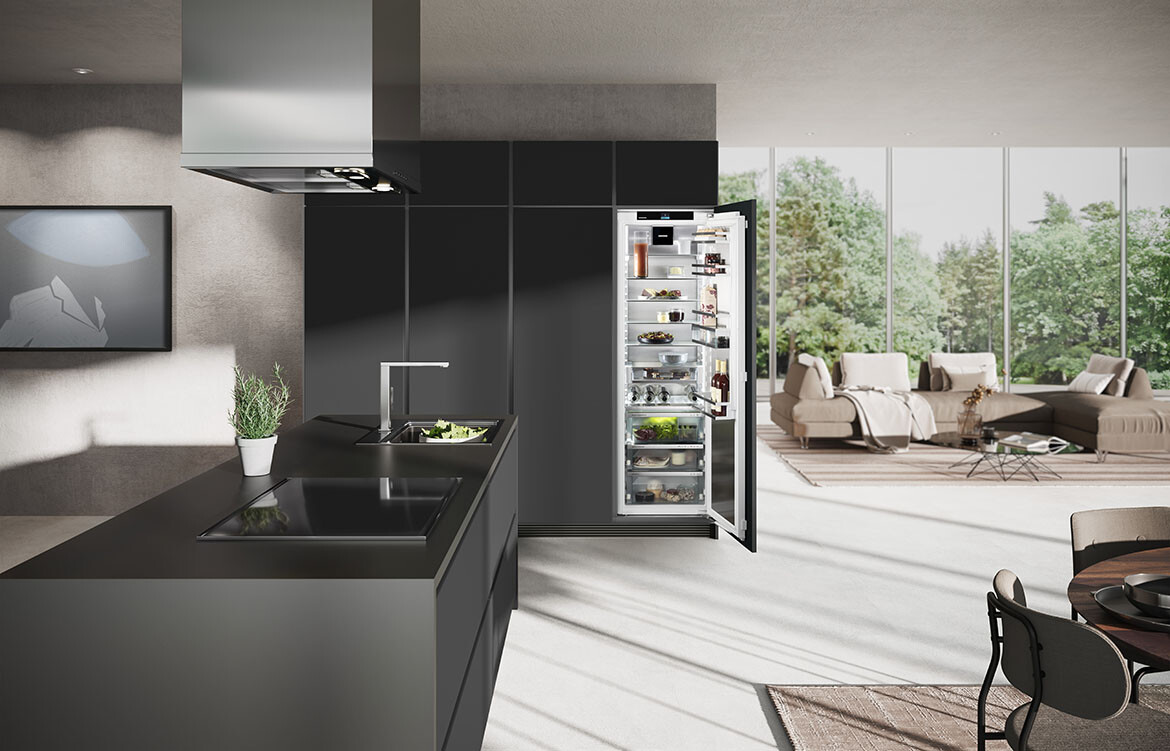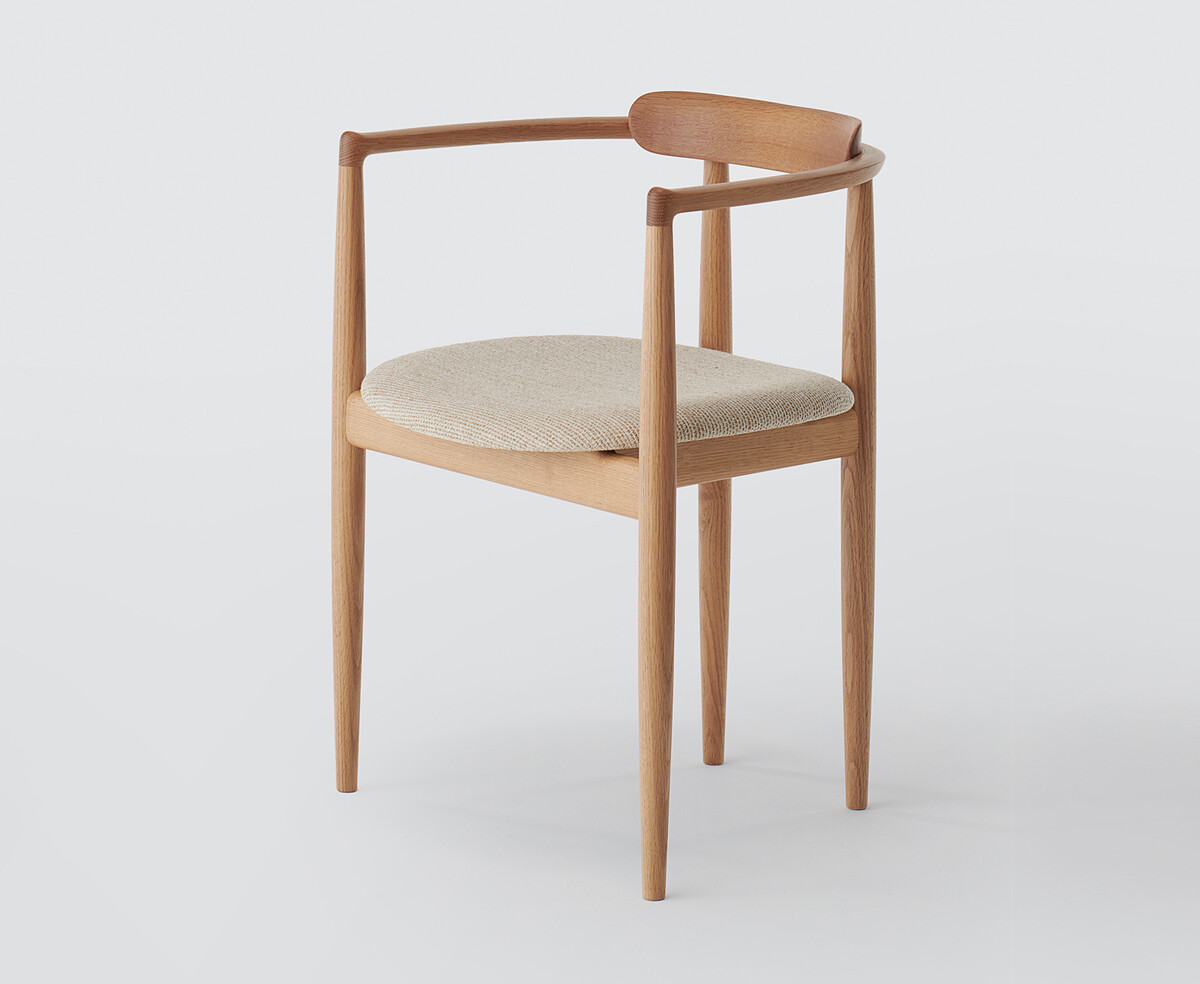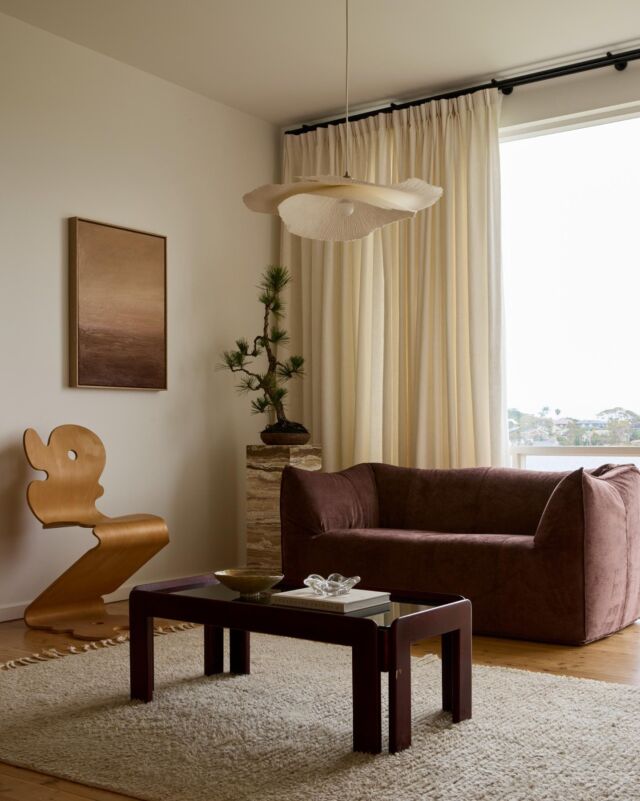So it turns out that lace isn’t just something reserved for Gran’s house, underneath the tea pot, or for hemming ladies’ unders. With the opening of the Powerhouse Museum’s Love Lace exhibition, traditional lacework techniques have been applied to an array of new mediums.

Detroit’s shadow (sculpture) by Anne Mondro, USA, 2010, thin steel wire crochet
“This truly unique exhibition draws connections between the traditionally disparate disciplines of science, design and technology in an astonishing showcase of contemporary ingenuity from a wide range of design disciplines from around the globe,” says Powerhouse Museum Director, Dr Dawn Casey.

Heel to Throat (cuffs and collar) by Bethamy Linton, Australia 2010, hand cut and formed titanium with hand made sterling silver hinges, catches and decorative elements
A model of a uterus made from human hair, the body of an old truck cut with a lace pattern, a replica ford engine made from ‘crocheted steel’ – these aren’t things you’d normally associate with lace, but they’ll all be one show in Love Lace.

Untitled (urinary, uterus) (sculpture) by Helen Pynor, Australia 2010, knitted coloured human hair; W 600 x H 700 X D 380 mm. Courtesy, collection Julian and Stephanie Grose.

Boots, by Waltraud Janzen, Germany, 2010, brass wire crochet
The exhibition is the result of the museum’s International Lace, which whittled 700 entries down to 130 lace works by 134 artists. The winner and 5 category winners will receive prizes from a pool of $40,000 – to be announced on 30 July at the opening.

Lacie Lorrie by Ingrid Morley, Australia, 2010, plasma and die grinder cut truck body

Glove (twelve gloves) by Nava Lubelski, North Carolina, USA, needle lace and stitched fragments using thread, found trimmings, and pins

Tribe (sculpture) by Kim Lieberman, South Africa, 2010, red silk bobbin lace, cast bronze and found objects
The competition was open internationally and asked the artists to create a lace work defined as “an openwork structure in which the pattern of spaces is as important as the solid areas” – inviting a wide range of works.
The exhibition will run from 30 July until April 2012 at Sydney’s Powerhouse Museum.
Powerhouse Museum
powerhousemuseum.com
















